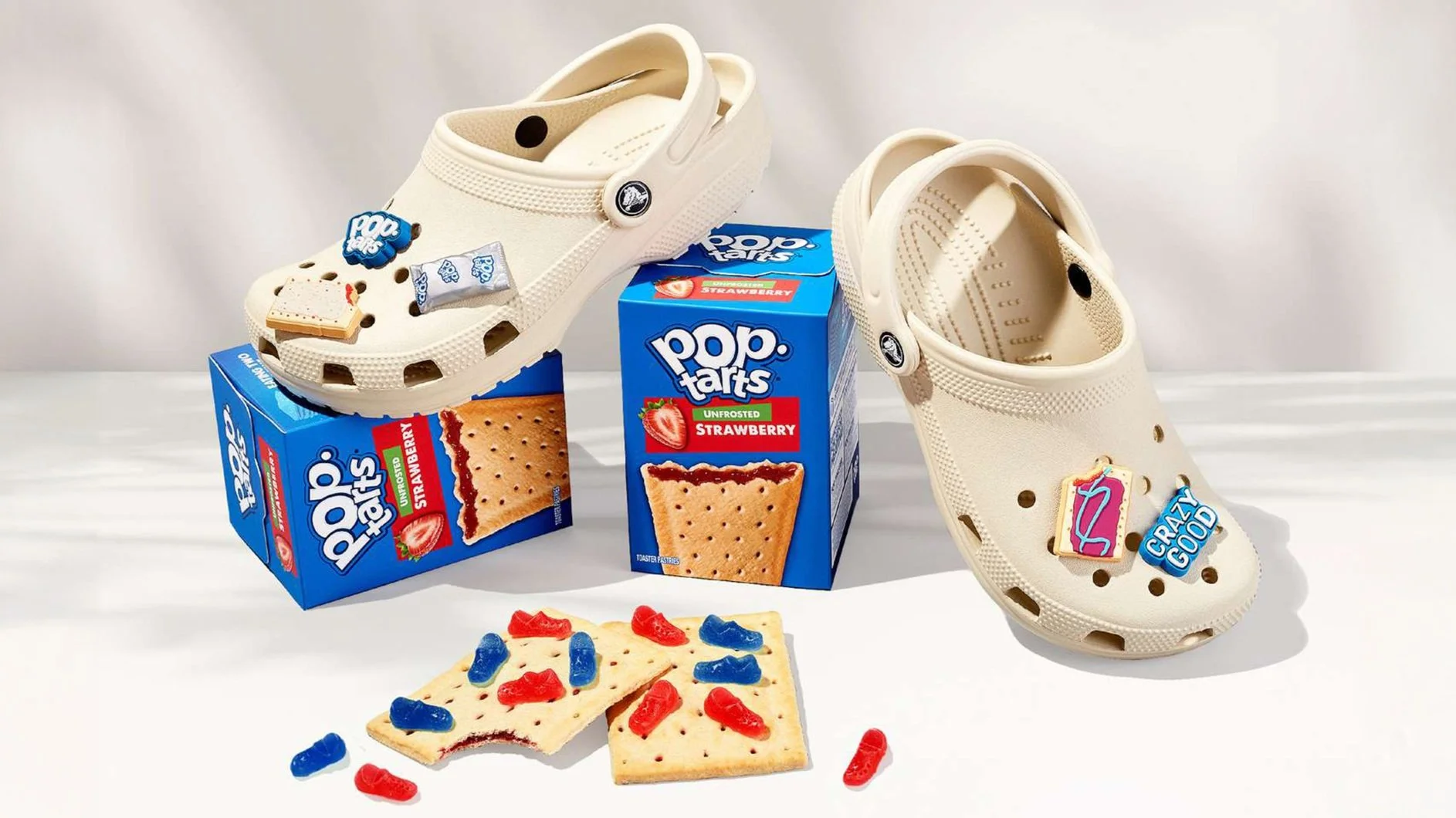A match made in heaven?
Some brand collaborations just make sense. Think Air Jordans, think Red Bull and GoPro, think Airbnb recreating the Barbie Dreamhouse. But while conventional partnerships continue to thrive, its often the unexpected alliances that create the biggest buzz.
Who could have imagined Paris Hilton partnering with Roblox, or Anya Hindmarch creating a Branston Pickle flavoured ice cream?
So, why is it that seemingly unexpected partnerships can beso effective, and what makes them resonate with consumers?
The allure of the unexpected
At the heart of every really memorable campaign is the element of surprise. People are naturally drawn to what’s new and different, and an unexpected partnership can offer just that. When two brands from seemingly unrelated industries come together, it captures our attention and piques our curiosity.
Think of the famous partnership between Uber and Spotify which allowed riders to play their own playlists during journeys. Who would have expected a ride-sharing app and a music streaming service to team up? Not many, but this is why it worked so well.
Breaking through the noise
The digital landscape is noisy. When competition for attention is so fierce, standing out is no longer a luxury; it's a necessity.
With millions of pieces of content uploaded every day, getting your brand noticed can feel like a mammoth task. This is where an unexpected partnership can act as a disruptor and really stop people in their tracks.
For example, when Taco Bell partnered with Airbnb to create a competition offering the lucky winners a chance to spend the night in a Taco Bell store -it was so offbeat that it garnered significant attention, both online and across traditional press.
Shared audiences, shared growth
Behind every unexpected partnership, there needs to be an understanding of audience behaviour. When two brands with distinct follower steam up to cross-promote their products or services, they tap into the potential of both audiences. When it works well, both brands are introduced to anew demographic, leading to mutual growth.
Some collaborations make more sense than others because of the crossover of their audiences. The collaboration between GoPro and Red Bull, for example, was a natural fit. One manufactures cameras and the other creates energy drinks. However, their thrill-seeking, adventure-loving audiences overlap, making the partnership a huge success.
Recently, Rifle Paper Co. teamed up with Gillette Venus to create a collection of razors, blades, and shaving creams. It pairs Rifle’s signature hand-painted florals with the trusted performance of Venus. The collaboration is not an obvious one, but together it makes sense.
The ripple effect
Perhaps the most powerful result of an unexpected brand collaboration is the discussion it generates. When people are caught off guard, and when there is a coming together of humour, nostalgia, pop culture and great design, the results can be significant. Often, word of mouth can be more effective than traditional advertising (and a lot more cost effective), and the ripple effect of these discussions can be monumental for brand visibility.
Some of these collaborations have gained millions of views in recent years, from Pop-Tarts and Crocs teaming up to create Pop-TartsCroc-Tarts, to the Heinz x Absolut Tomato Vodka pasta sauce collaboration. Both have gained significant coverage whilst resonating with the audiences of each of the brands involved.
In conclusion
As brands continuously look for innovative ways to engage audiences, stepping out of their comfort zone and into the world of unexpected partnerships can be a game-changer.
These imaginative collaborations, when executed with authenticity and a deep understanding of audience behaviour, can break through the digital noise, create memorable experiences, and drive mutual growth for the brands involved.










